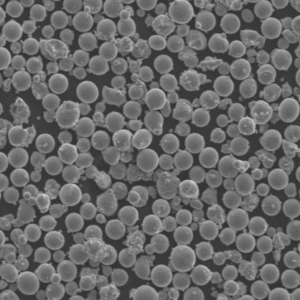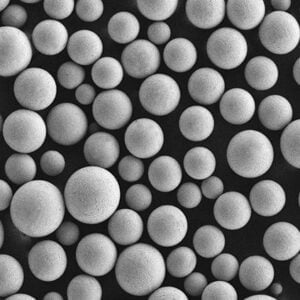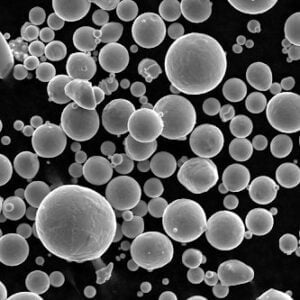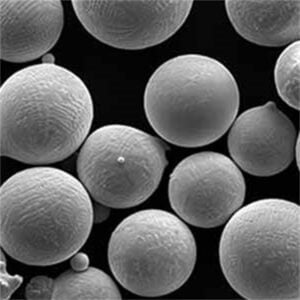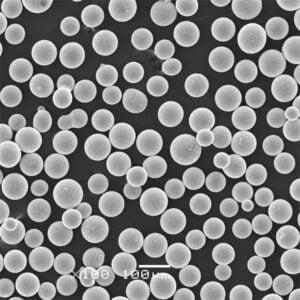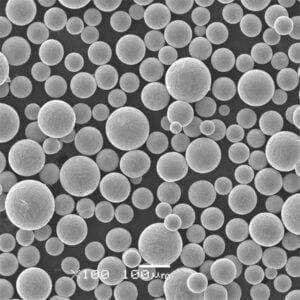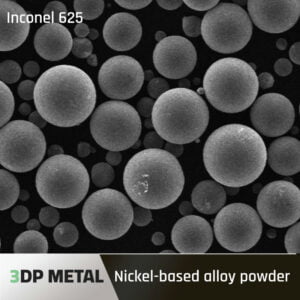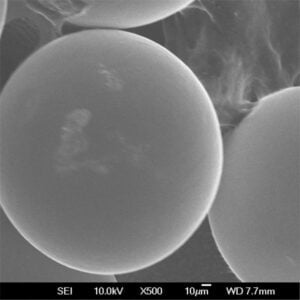TiO2 Nano Powder
Table of Contents
Overview of TiO2 Nano Powder
tio2 nano powder is a fine white powder composed of nanoparticles of TiO2, a naturally occurring oxide of the element titanium. The nanoparticles have a diameter of less than 100 nanometers, allowing them to exhibit unique properties.
TiO2 nano powder has become an important material across various industries due to its exceptional optical, electronic, and catalytic properties which depend closely on its size, morphology, and surface area. It exhibits high brightness and reflectivity, good UV light absorption, efficient charge transfer and photocatalytic activity, high refractive index, and more.
The following sections dive into the different aspects of TiO2 nano powder including its composition, different structural forms, key characteristics, applications across industries, specifications and grades available, supplier landscape, and pros vs cons.
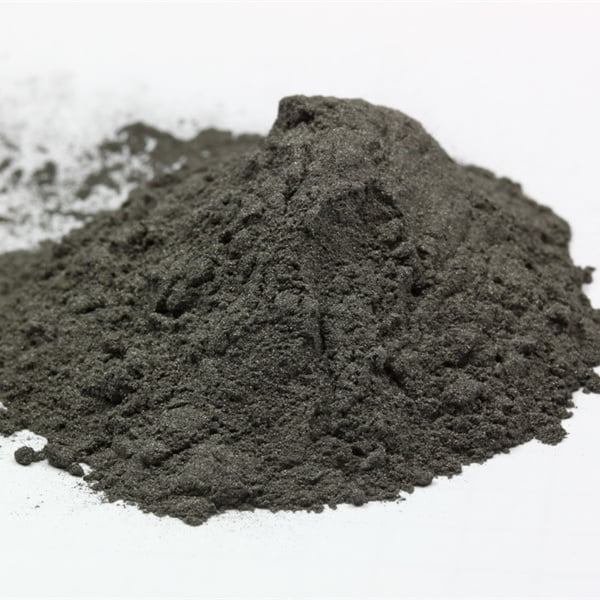
Composition and Structures of TiO2 Nano Powder
TiO2 nano powder can exist in different structural forms which exhibit variation in properties and applications:
TiO2 Nano Powder Structures
| Structure | Description |
|---|---|
| Anatase | Metastable, tetragonal crystal structure |
| Rutile | Thermodynamically stable, tetragonal structure |
| Brookite | Orthorhombic structure rarely used commercially |
| TiO2 (B) | Monoclinic structure |
Anatase and rutile forms of TiO2 nano are most commonly utilized commercially. Manufacturers use processes like hydrolysis, sol-gel, vapor phase pyrolysis, flame spray pyrolysis, and plasma synthesis to produce nano TiO2 powder in the desired form.
Key Characteristics of TiO2 Nanoparticles
Some of the important attributes and features of TiO2 nanoparticles that enable their varied use across many applications include:
TiO2 Nanoparticle Characteristics
| Characteristic | Details |
|---|---|
| Particle size | 10-100 nm |
| Crystal structure control | Anatase, rutile or brookite polymorphs |
| Surface area | 50-400 m2/g |
| Refractive index | 2.6-2.9 |
| Brightness/whiteness | Highest among white pigments (>90%) |
| Tinting strength | Higher than conventional pigments |
| UV absorption | High, broadband absorption in UV region |
| Photoactivity | Anatase form shows excellent photocatalysis under UV irradiation |
| Stability | Chemically and thermally stable, insoluble in water |
| Toxicity | Considered biologically inert |
The ultrafine size leads to maximized surface area and enhanced functionality per unit volume, allowing small quantities to provide strong opacity, high catalytic reactivity, etc. Controlling size, shape, porosity is key to tailoring optical performance, electronic structure, or surface properties.
Applications of TiO2 Nano Powder
Some of the major application areas taking advantage of the versatile optical, electronic, and chemical properties of TiO2 nanoparticles include:
Pigments and Dyes
- Paints & coatings: White pigment for high opacity & durability
- Plastics: Brightness, opacity, and UV resistance
- Paper: Mineral filler for whiteness, smoothness, opacity
- Cosmetics: UV protection creams, makeup, sunscreens
- Food coloring: Synthetic whitener and brightening additive
Catalysts and Filters
- Deodorizing & air cleaning: Remove volatile organic compounds
- Water treatment: Photocatalysis of organic contaminants
- Photovoltaics: Efficient charge carrier collection
- Ceramic membranes: Microfiltration and anti-biofouling
Energy Storage
- Lithium-ion batteries: High power and stability
- Dye-sensitized solar cells: Photoanode for exciton generation
- Electrochromic devices: Reversible optical transmittance
Biomedical Devices
- Biosensors: Immobilize enzymes for detection of biomarkers
- Bone implants: Bioactive surface for osseointegration
- Wound dressings: Antimicrobial activity
Industry-wise Consumption of TiO2 Nanomaterials
| Industry | Estimated Usage |
|---|---|
| Paints & coatings | 50% |
| Plastics | 20% |
| Paper | 15% |
| Cosmetics & personal care | 5% |
| Catalysts | 3% |
| Ceramics | 2% |
| Other | 5% |
Advanced applications in emerging areas like electronics, energy, and biomedicine are driving strong commercial demand with paints, plastics, paper representing mature markets.
Specifications of TiO2 Nano Powder Products
TiO2 nanopowder is commercially available in different grade variants customized as per application requirements:
TiO2 Nanopower Specifications
| Parameter | Typical Range |
|---|---|
| Purity | >99.5% |
| Particle size | 10-25 nm, 10-30 nm, 10-50 nm |
| Crystal structure | Anatase, rutile, mixed phase |
| Morphology | Spherical, faceted, rod, cube, sheet, flower |
| Surface area | 200-400 m2/g |
| Bulk density | 0.15-0.3 g/cc |
| True density | 3.9 g/cc |
| Refractive index | 2.6-2.9 |
| Oil absorption | 95-130 cm3/100g |
| pH value | 5-7 |
| Whiteness | >92% |
| Absorption onset | <390 nm |
TiO2 Nanopowder Size Variants
| Grade | Particle Size |
|---|---|
| 1 | ~10 nm |
| 2 | ~20 nm |
| 3 | ~30 nm |
| 4 | ~ 50 nm |
| 5 | ~100 nm |
Anatase nano TiO2 is preferred for catalytic applications whereas rutile is mainly for pigments. Smaller particle sizes allow deeper UV absorption but reduce shelf life. Faceted morphologies offer higher photocatalytic activity compared to spherical shapes.
Suppliers of TiO2 Nanomaterials
Some of the major global manufacturers and suppliers of TiO2 nanopowder include:
Key TiO2 Nanopowder Manufacturers
| Company | Location |
|---|---|
| Sigma Aldrich | USA |
| Nanostructured & Amorphous Materials | USA |
| US Research Nanomaterials | USA |
| SkySpring Nanomaterials | USA |
| Nanoshel | USA |
| American Elements | USA |
| Hongwu International | China |
| NaBond Technologies | China |
| Intelligent Materials | China |
| IoLiTec | Germany |
| Meliorum Technologies | Ukraine |
| Tronox Limited | Global |
| Tayca Corporation | Japan |
| Ishihara Sangyo Kaisha | Japan |
Prices range widely from $10/g for lab-scale research quantities to $50/kg for bulk commercial volumes depending on product purity, size distribution, surface functionalization, etc.
Pros vs Cons of TiO2 Nanoparticles
Advantages of TiO2 Nanoparticles:
- Higher performance at lower dosage than pigmentary forms
- Multifunctional advanced applications in emerging areas
- Stable, non-toxic, biologically inert
- Cost-effective production from mineral rutile
Limitations of TiO2 Nanoparticles:
- Limited large-scale manufacturing experience
- Concerns about nanoparticle release into environment
- Storage in inert atmosphere needed
- Anatase converts to photocatalytically inert rutile at >700°C
While safety, stability, and sustainability need to be ensured, tight control of TiO2 nanostructure opens possibilities for smart optical coatings, sensors, energy harvesting, micro-device integration, etc.
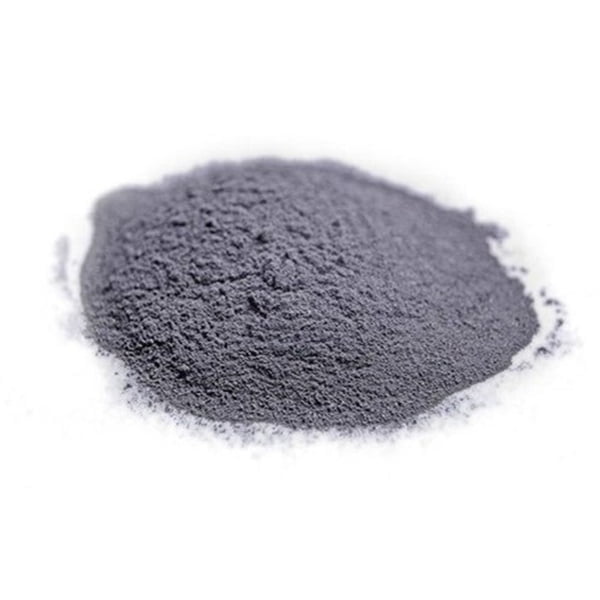
FAQs
Q. What is TiO2 nanopowder made of?
A. TiO2 nanopowder comprises particles less than 100 nm in size with at least 99.5% purity titanium dioxide and traces of dopants in certain grades.
Q. How is TiO2 nanopowder produced commercially?
A. Manufacturing methods include hydrolysis, sol-gel synthesis, flame spray pyrolysis, plasma synthesis, and gas or liquid phase reactions.
Q. What are the different TiO2 nano grades available?
A. Commercial grades classified based on particle size, crystal phase (anatase, rutile), morphology (spherical, cube, flower, sheet), and surface coating.
Q. Does TiO2 nano powder require special handling precautions?
A. Inert storage avoiding oxygen/moisture, using PPE during handling, preventing environmental release. No toxicity concerns.
Q. What are the potential cons or risks related to TiO2 nano?
A. Storage degradation over time, nanoparticle toxicity concerns, quality variability in early commercialization.
Share On
MET3DP Technology Co., LTD is a leading provider of additive manufacturing solutions headquartered in Qingdao, China. Our company specializes in 3D printing equipment and high-performance metal powders for industrial applications.
Inquiry to get best price and customized Solution for your business!
Related Articles
About Met3DP
Recent Update
Our Product
CONTACT US
Any questions? Send us message now! We’ll serve your request with a whole team after receiving your message.

Metal Powders for 3D Printing and Additive Manufacturing
COMPANY
PRODUCT
cONTACT INFO
- Qingdao City, Shandong, China
- [email protected]
- [email protected]
- +86 19116340731







